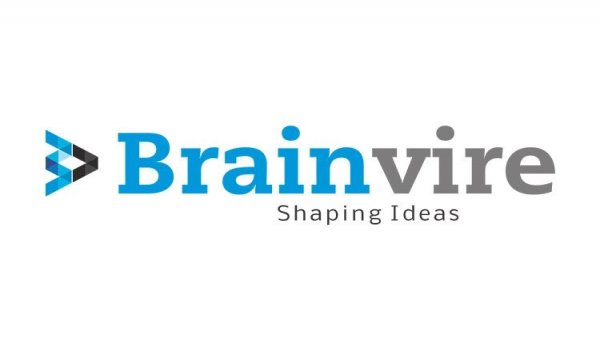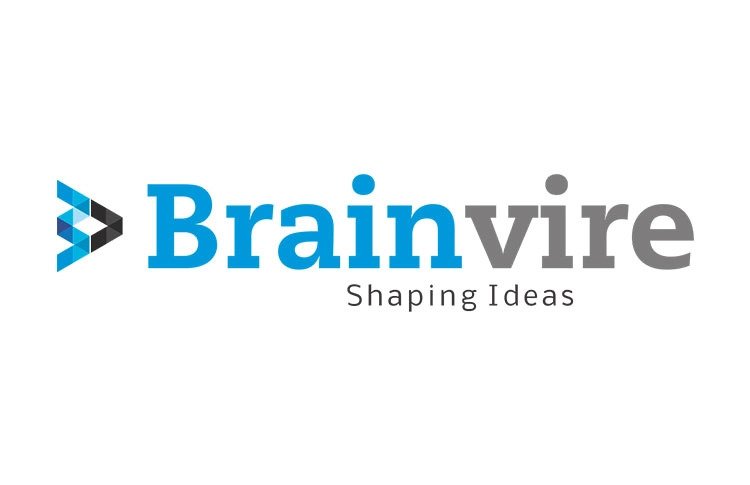In November 2018, the cloud giant AWS announced two distributed ledger services powered by Blockchain technology. With this venture, it wants to foray into the mainstream market and help enterprises in deploying scalable cloud solutions. In this article, I will shed a light on the intricacies of these Blockchain-as-a-Service (BaaS) offerings along with their USPs.
Amazon Web Services, the e-commerce giant’s cloud computing arm, is one of the most preferred cloud platforms while giving a tough competition to Azure. This can be attributed to the fact that it gives users the ability to handle any type of cloud deployment scenario with ease. Mobile-friendly access, serverless cloud functions, versatile databases, dedicated AWS marketplace, etc. distinguish it from the crowd.
Blockchain, on the other hand, is a complex database in which ‘blocks’ of sequential and immutable data related to virtual or physical assets are linked via cryptographic hashes. These blocks of data can then be distributed as an ever-growing ‘chain’ among multiple peer-to-peer ‘nodes’. The validation of this data is accomplished by two consensus mechanisms – Proof of Work (PoW) and Proof of Stake (PoS).
If we talk about blockchain networks, then there is ‘permissionless’ and ‘permissioned’. The below image taken from Gartner offers a broad overview of the different types of blockchain concepts.
The Trend Insight Report from Gartner makes three specific predictions about blockchain’s potential in reshaping the way business is done:
- Through 2022, only 10% of enterprises will achieve any radical transformation with the use of blockchain technologies.
- By 2022, at least one innovative business built on blockchain technology will be worth $10 billion.
- By 2026, the business value added by blockchain will grow to slightly over $360 billion, then surge to more than $3.1 trillion by 2030.
The below graph justifies these predictions very well:
Talking about Amazon, it will offer its ledger services in two modes – centralized ownership and decentralized ownership. The table outlined below will summarize the capabilities of these AWS systems:
| Ledgers with centralized ownership | Ledgers with decentralized ownership |
| Centralized | Decentralized |
| Central, trusted authority owns and manages the ledger, and is shared with any number of parties that are working together. | Multiple parties can transact with one another without having to know or trust each other. Each party, known as a member, owns a peer node in the network |
| Immutable | Immutable |
| Uses an append-only journal that stores every transaction into a block. Blocks are cryptographically chained together in a sequence and cannot be deleted or modified by the central owner or any other entities. | Committed transactions are stored in blocks and are cryptographically-chained together and cannot be modified. Once a transaction is committed, it is replicated across all members making it impossible to change or delete. |
| Verifiable | Verifiable |
| Uses cryptography to create a concise summary of change history. This secure summary, commonly known as a digest, can be used to cryptographically verify the lineage of the data in the ledger. | Each member stores a local copy of the ledger and can independently verify and ensure that the contents of the ledger are accurate. To make any change, members of the network need to validate a new transaction, keeping data across all peer organizations consistent |
| Transparent | Transparent |
| Entire data history can be easily queried, providing a complete and transparent log of information. | All committed transactions are attributable to one or more entities, providing complete transparency to all members. In permissioned blockchain frameworks, such as Hyperledger Fabric, transparency can be configurable such that only select group of peers can access information. |
| Fast | Removes intermediaries |
| Ledgers with centralized trust don’t require distributed consensus to execute, allowing them to easily scale up and execute transactions faster than ledgers in common blockchain frameworks. | Each peer organization can initiate a new transaction using encoded application logic. Once a transaction is initiated, it is replicated across all peers in the network, allowing multiple parties to access and validate the information. No intermediaries are needed to act as a liaison between the members, making complex transactions more efficient and less expensive. |
Now, let’s talk about what this article is all about – Amazon Managed Blockchain and Amazon Quantum Ledger Database (QLDB).
Amazon Managed Blockchain
Amazon has used two of the popular open-source frameworks – Ethereum and Hyperledger Fabric – for developing this service. It is extremely easy to get started with for those who are well-versed with the AWS console.
Scalability and security are unmatched. Once the system is set up, it can accommodate thousands of applications that include millions of transactions. APIs are provided that let you quickly create new nodes to meet the changing demands of your application. Amazon Managed Blockchain uses AWS Key Management Service (KMS) to secure Hyperledger Fabric’s certificate authority, a component that manages user identities and issues enrollment certificates for securely communicating within the blockchain network.
Additionally, Managed Blockchain has the ability to replicate an immutable copy of your blockchain network activity into Amazon Quantum Ledger Database (QLDB), a fully managed ledger database. This ensures that you don’t lose your crucial transaction history.
The future prospects of this service include advanced metrics, support for Ethereum and replicating network activity for offline analysis.
Amazon Quantum Ledger Database (QLDB)
The QLDB service is governed by a central trusted authority. Briefly speaking, it acts as an immutable journal that records every transaction with pinpoint accuracy. And all the changes are cryptographically chained and verifiable.
The scaling is automatic and seamless as it uses a serverless architecture. Amazon claimed that the database can execute two to three times more transactions, compared with the existing products. “It will be really scalable, you’ll have a much more flexible and robust set of APIs for you to make any kind of changes or adjustments to the ledger database,†said Andy Jassy, AWS CEO, while describing the new QLDB offering at its launch event.
All the changes and transaction history are summarised in a ‘digest’ using a cryptographic hash function (SHA-256). The integrity of any transaction can be proven with QLDB’s API built for the purpose.
Amazon QLDB comes loaded with Amazon CloudWatch metrics for your ledgers. Key operational metrics such as read-events, write-events, and storage volume can be viewed, at your own convenience.
In a database operation, transactional consistency is maintained in QLDB through atomicity, consistency, isolation, and durability (ACID) properties. Also, structured and semi-structured data can be stored in a flexible manner due to the document-oriented data model.
What’s in Store?
After reading this article, I am sure that you must have gained a better understanding of what blockchain is all about, and how cloud computing (AWS) is securing its future.
Although the combination of blockchain and cloud computing facilitates scalability, there is one crucial aspect that should not be ignored. Like any other framework, blockchain is susceptible to hacking too. There have been recent attacks that bear testimony to this statement. For example, Bitfinex was hacked in August 2016 that resulted in the total theft of $60 million worth of BTC.
These attacks did not result from the vulnerabilities in the blockchain itself, but from the ways, it was implemented by a particular company or initiative. So, selecting the right pool of cloud computing experts to deploy your blockchain solution on AWS (or any other platform) becomes imperative.
Get ready to embrace Amazon’s blockchain technology solutions in their true spirit and transform the way you do business. Good luck!






